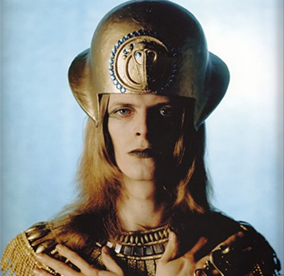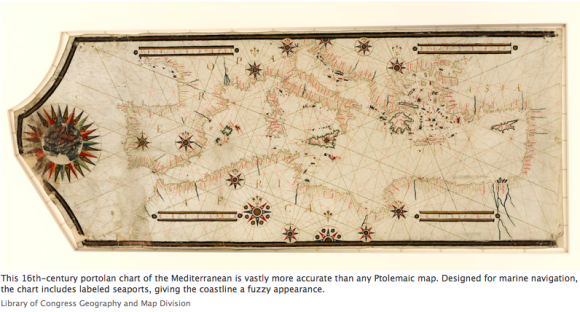The Thin White Duke’s occult leanings are explored in this very in-depth piece. There is so much in the media right now about our dearly departed David Bowie, it’s quite difficult to sort through it all – but this article has much in it that was previously unknown to us. Enjoy…
P.S. The comments associated with this article are an interesting blend of insanity – we chose to ignore them.
R.I.P Beautiful soul. We will miss you.

The Occult Universe of David Bowie and the Meaning of “Blackstar”
By VC
“In the wake of David Bowie’s death, his last album, “Blackstar”, is his swan song, an enigmatic conclusion to a career punctuated by otherworldly alter-egos and esoteric symbolism. We’ll look at the meaning of “Blackstar” in the context of David Bowie’s career.
Very few artists can boast the longevity of David Bowie in the music industry, as his career spanned over five decades and produced 28 albums. Throughout the decades, Bowie migrated from one musical genre to another, and even from one persona to another, but a constant remained: He was surrounded by an otherworldly aura.
Through his work, Bowie turned himself into a musical ‘ascended master’, a Gnostic Christ-like figure who achieved a high level of illumination and who sought to communicate a cryptic message to humanity. While many of Bowie’s eccentricities could be attributed to drugs and rock and roll, one cannot paint a complete picture of this artist without mentioning his most enduring obsession: Western occultism.
David Bowie, born as David Robert Jones in 1947, is seen by some as a sort of ‘Renaissance Man’ whose professed ‘universality’ is an attempt to show the apex of evolution by reassembling the fragmentary pieces of our society; thus, he resembles many occultists.
However unlike most occultists, Bowie has considerable wealth, critical acclaim, penetrating intelligence, and enduring good looks; he seems set to go on to even greater heights and achievements. What next, godhead? There is a Faustian/Mephistophelean element here. How else can one explain the absolute zenith of this man’s worldly trajectory? In fact, there are people who are convinced that his brobdingnagian success is not without some kind of otherworldly assistance. (…)
Nevertheless, it can not be ignored that Bowie has constructed his public persona from the various parts of the puzzle that are at the roots of modern occultism. He was summoning up some of these pieces at the early age of 16.
– Peter R. Koenig, The Laughing Gnostic – David Bowie and the Occult
Throughout his career, Bowie often turned himself into a mere vessel as he lent his body to various personas who spoke through him, often communicating messages of deep occult significance…”
For the rest, click here.
Share


